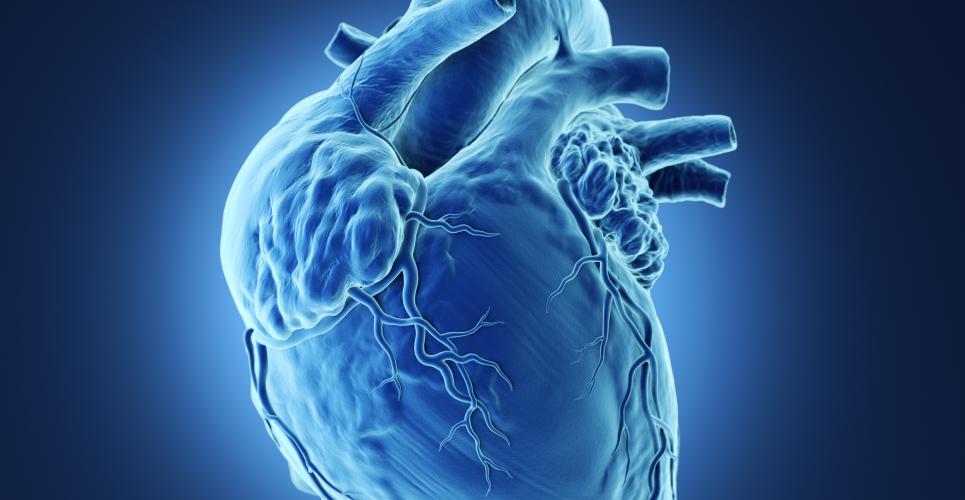Imaging provides a more precise diagnosis of a heart attack that can be used to individualise treatment. That is the main message of an expert consensus paper published in the European Heart Journal,1 and presented at EuroPCR 2019 in Paris.2
Heart attacks are diagnosed and treated using coronary angiography, an invasive procedure which provides an X-ray outline of the arteries supplying blood to the heart. Invasive imaging of the arteries gives more detail but there has been controversy over when to use it.
This document seeks to resolve that debate. It promotes the adoption of intracoronary imaging in two major areas: 1) acute coronary syndromes including heart attack and 2) when diagnostic information from angiography is unclear.
Which patients and lesions merit imaging? For acute coronary syndromes, advice is given on atypical presentation, complex lesions, and non-obstructive coronary artery disease. The paper provides criteria for assessment of the arteries, interpretation of images, choice of treatment, and guidance during stent insertion (percutaneous coronary intervention; PCI). In the past it was thought that most acute coronary syndromes were caused by ruptured plaque. Intracoronary imaging has identified plaque erosion and eruptive calcified nodules as other causes which may benefit from different treatment. In addition, intracoronary imaging clearly shows thrombus, which angiography may miss or misidentify.
“Imaging is more accurate, helps guide decisions and facilitates tailored therapy, especially in younger heart attack patients who more frequently have plaque erosion or non-atherosclerotic coronary artery disease,” said senior author Dr Giulio Guagliumi, of the Ospedale Papa Giovanni XXIII, Bergamo, Italy.
Coronary angiography is often ambiguous during heart attacks which lack an identifiable culprit lesion or have multiple culprit lesions. Intracoronary imaging provides clarity before and during PCI. An ageing population and rising levels of diabetes mean that more lesions causing heart attacks are calcified, which is difficult to detect using angiography and more challenging for PCI. In addition, angiography may be hazy for certain anatomies such as tortuous vessels and aneurysms.
Patients referred for PCI increasingly have comorbidities and complex coronary artery disease. Dr Guagliumi said: “Intracoronary imaging is particularly useful in complex patient and lesion scenarios and the paper states settings where it would provide maximum benefit – for instance patients with non-ST elevation acute coronary syndromes, calcified vessels, long lesions or in-stent restenosis. This ties in with the realities of healthcare, where there is no appetite to spend time and money imaging simple lesions.”
Dr Guagliumi noted that imaging companies have mainly focused on improving image quality. “More attention should be devoted to making imaging systems more user friendly for clinicians, with automated analysis and classification. There is more to gain clinically through developments in these areas.”
He concluded: “The role of intravascular imaging to diagnose acute coronary syndromes, select treatment, and guide PCI will continue to grow. With it we expect to achieve superior long-term outcomes.“
The document was written by a panel organised by the European Association of Percutaneous Cardiovascular Interventions (EAPCI) and is part 2 of a series on the clinical use of intracoronary imaging. Part 1 focused on stent selection and optimisation criteria.3 Both documents discuss intravascular ultrasound (IVUS) and optical coherence tomography (OCT).
References
- Johnson TW et al. Clinical use of intracoronary imaging. Part 2: acute coronary syndromes, ambiguous coronary angiography findings, and guiding interventional decision-making: an expert consensus document of the European Association of Percutaneous Cardiovascular Interventions. Eur Heart J 2019;doi:10.1093/eurheartj/ehz332.
- Paper presented on Tuesday 21 May at 16:45 CEST during the lecture “Clinical use of intracoronary imaging – EAPCI expert consensus”. The lecture is in the session “Continuous LIVE demonstration from Hospital Universitario Clínico San Carlos – Madrid, Spain”, held 13:15 to 17:00 CEST in the Main Area / Level 1 of the Palais des Congrès in Paris.
- Räber L et al. Clinical use of intracoronary imaging. Part 1: guidance and optimization of coronary interventions. An expert consensus document of the European Association of Percutaneous Cardiovascular Interventions. Eur Heart J 2018;39:3281-3300. doi:10.1093/eurheartj/ehy285.

